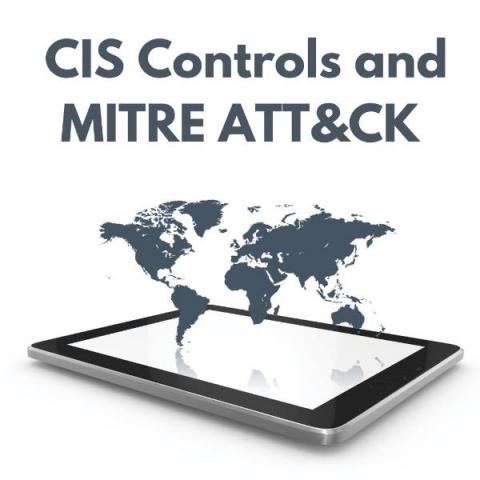Ultimate Guide to Security Impact Analysis: Essential Checklists
When planning a hardening project for information security, there are two types of impact analysis to consider – policy impact analysis and security impact analysis. Policy impact analysis refers to generating a report that indicates each policy rule’s impact on your production. It is especially important for avoiding system downtime caused by configuration changes. The second type of impact analysis is Security Impact Analysis.







